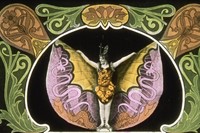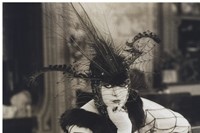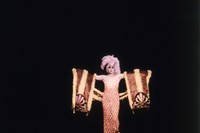We consider the "serpentine dance", as celebrated in Marketa Uhlirova's enchanting new book, Birds of Paradise
Why? Alongside the serpentine dance period, the book also discusses the music hall ragtime movement between 1910 and 1920, and the underground queer cinema of the 1960s. “Initially I had wanted to look at the use of costumes in Jack Smith’s films, after seeing Flaming Creatures at New York’s Film-Makers’ Cooperative,” explains Uhlirova, who is Director of Fashion in Film and Senior Research Fellow at Central Saint Martins. “Later, I watched a whole body of serpentine dance films at the Library of Congress, which was equally mesmerising, and had a nagging feeling there was a bigger theme emerging. I find it fascinating when dress makes the body take second place.”
Who? The serpentine dance emerged during the late nineteenth century. It evolved from the skirt dance, a form of early burlesque in which moving figures were swathed in light fabric and optical shadows to create a fluid sequence of shapes. Pioneered by Loïe Fuller, it was created in reaction to the popular can-can dances of the time, and is one of the early examples of live stage and cinematic performance. By the turn of the century, it had become a globally famous spectacle, which saw dancers perform in cages with lions, on stilts or on horseback. They became celebrities and in turn fashion icons, known for their billowing yards of silk and voluminous costumes.
"I find it fascinating when dress makes the body take second place” — Marketa Uhlirova
What? The serpentine dance is described in Marketa Uhlirova’s new book, Birds of Paradise: Costume as a Cinematic Spectacle. Led by a rich catalogue of images, it studies the mystery and simple magic of the early dance and its consequential effect on fashion. Alongside Loïe Fuller, American dancer Estrella Sylvia is credited with popularising the dance genre in London with her enchanting acrobatic movements and wafting fabric.
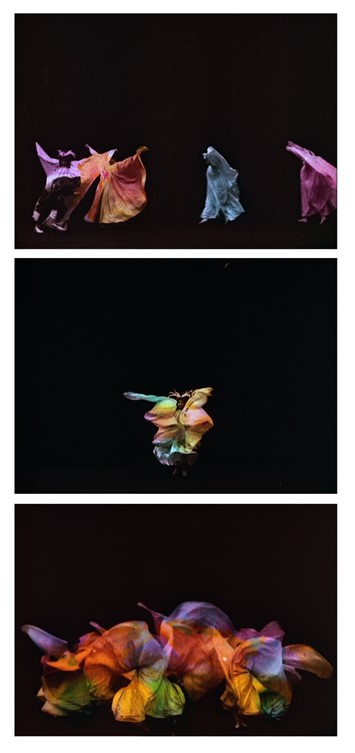
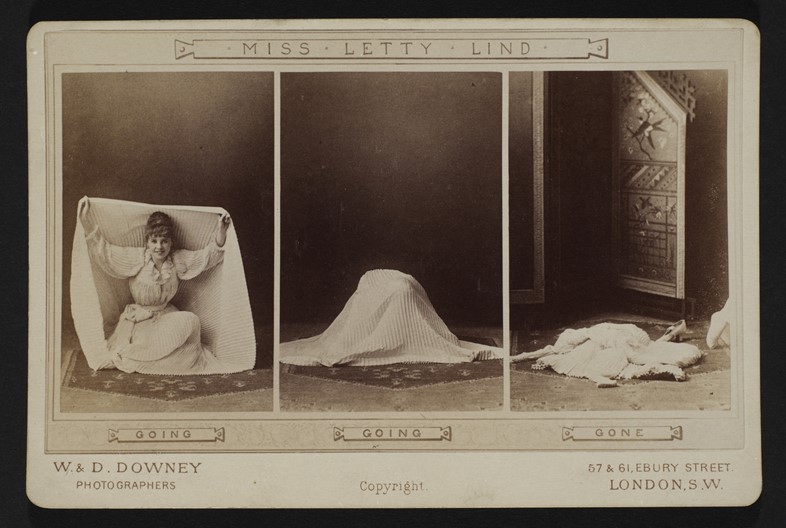
Birds of Paradise: Costume as a Cinematic Spectacle by Marketa Uhlirova is out now, published by Buchhandlung Walther König.
Text by Mhairi Graham
